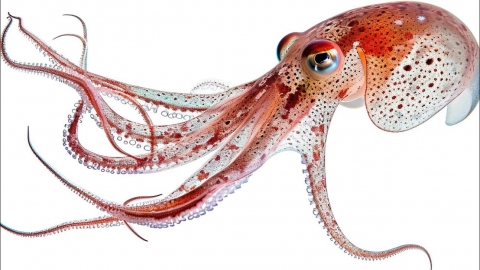Can the central cartilage of squid be eaten?
Generally speaking, the central core of squid is edible, but it is not recommended to consume it in large quantities. The detailed analysis is as follows:

The core in the middle of the squid consists of muscle tissue, not internal organs or harmful substances. It is rich in high-quality protein and has a firm, chewy texture that provides nutritional benefits. This muscle tissue contains no toxic components and poses no health risk as long as it is thoroughly cooked. In everyday cooking, this part is commonly retained and eaten—for example, in grilled or stir-fried squid dishes—where it is prepared together with other parts of the squid, enhancing the overall texture and making it suitable for regular consumption as part of the dish.
Prior to eating the central core, the entire squid should be cleaned thoroughly to remove surface mucus and internal impurities. It must be fully cooked to avoid bacterial contamination or gastrointestinal discomfort caused by undercooking. Some individuals may be allergic to seafood such as squid; first-time consumers should try a small amount and monitor for any allergic reactions, such as rashes or diarrhea. Additionally, although the squid core is edible, intake should be moderated. Excessive consumption may increase digestive burden, so people with weak digestion should eat it in limited amounts.




